Results 1 to 10 of 13
-
06-30-2013, 03:19 PM #1
 Escher stones with streaks and dots
Escher stones with streaks and dots
Again a thread for lovers of thuringian stones.
The following pictures show special sized stones from the estate of former JGES company in Thuringia.
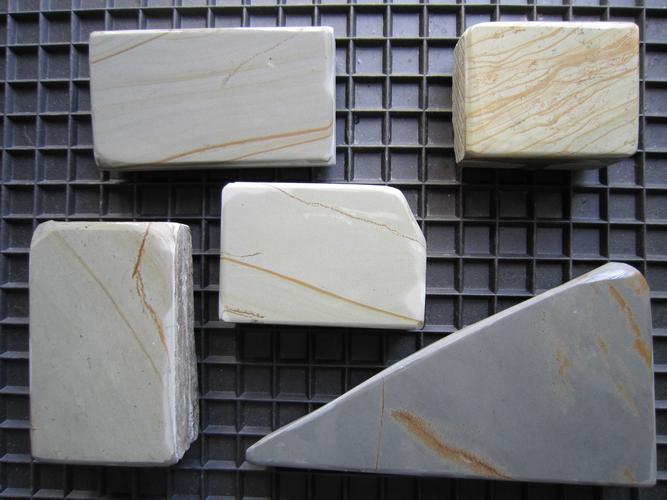
Stones with streaks, bands and dots that are visible especially in border layers at the changeover from one colored layer to another color or at the outer layers next to layers that are unuseable for honing ( so called “Knuperschicht” in german, don’t think there is a reasonable translation to American language).
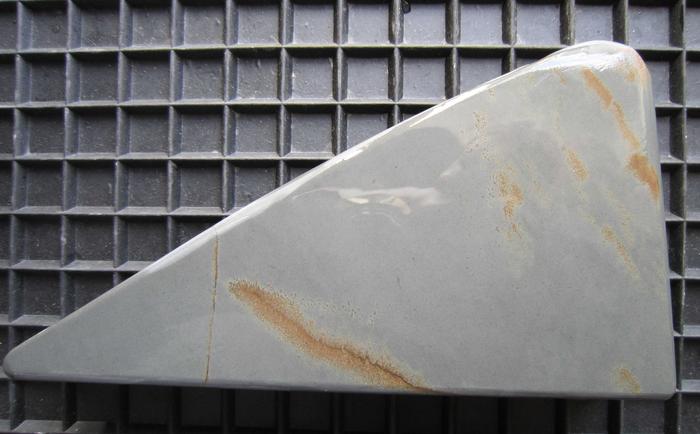
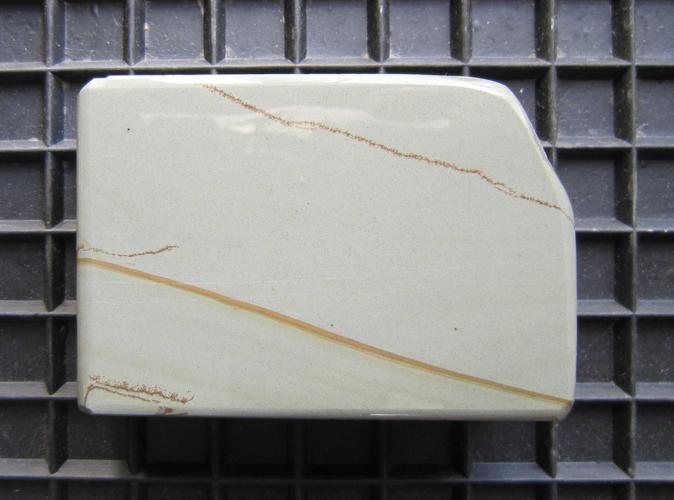

The bands and streaks are simply colors in the homogenes material (caused by trace elements). There are no particles with different size or hardness and this streaks don’t effect honing.
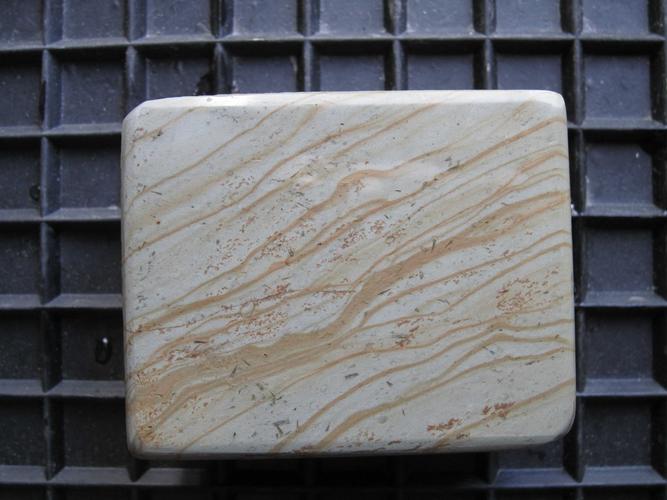
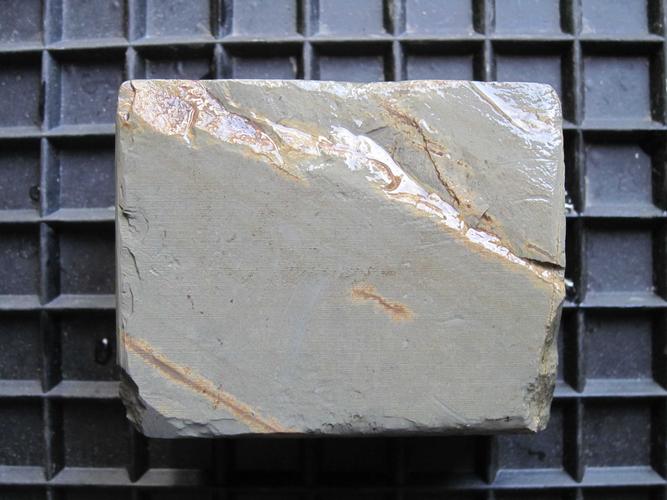
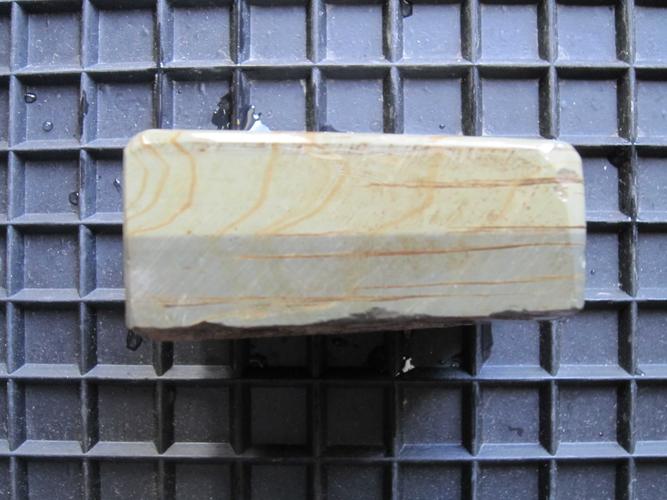
Other than the streaks there are sometimes dots in the stones consisting mainly of iron oxide. These are often larger particles of different hardness which can effect honing a lot, they can even destroy an edged of a straight razor.
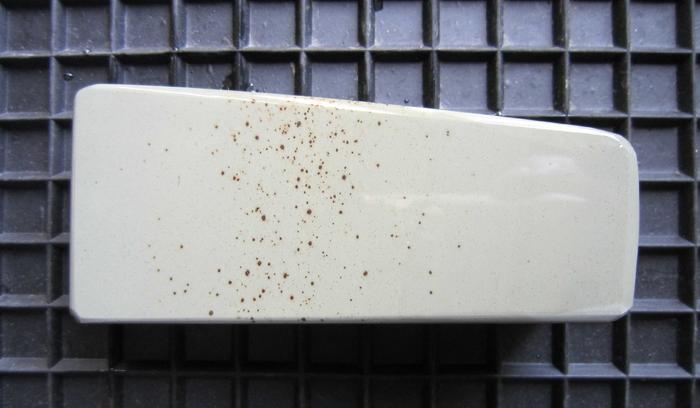
-
-
06-30-2013, 03:30 PM #2

Awesome assortment of stones !
Thank you for posting this fine reference.

Mike
-
06-30-2013, 03:35 PM #3

Very cool. Escher remains my favorite finisher.
We have assumed control !
-
06-30-2013, 04:06 PM #4Please dont mind my bad english, i´


- Join Date
- Mar 2013
- Location
- Moers, Germany
- Posts
- 1,049
Thanked: 127
Wow, what a fine Collection !!
Never saw some of the Thuringians before.
-
06-30-2013, 09:19 PM #5Member

- Join Date
- Feb 2010
- Posts
- 63
Thanked: 5
If you could just send a few over for some long term testing. After a year or so I will submit my test results.
-
07-01-2013, 07:14 AM #6
-
07-01-2013, 11:48 AM #7aka shooter74743




- Join Date
- Sep 2009
- Location
- SE Oklahoma/NE Texas
- Posts
- 7,285
- Blog Entries
- 4
Thanked: 1936
I have seen Japanese stones look like that, but never Thuringians...are you sure they are Thuringians or were simply found in Thuringia?. How are they on finishing?
Southeastern Oklahoma/Northeastern Texas helper. Please don't hesitate to contact me.
Thank you and God Bless, Scott
-
07-01-2013, 12:21 PM #8

It makes sense that there would be such stones coming from the quarries Escher used. As hatzicho noted in the OP, these stones come from 'border layers' where other strata blended with the purer stone we are familiar with. The same phenomenon is seen with the coticule from Ardennes with their "hybrid coticules."
These coticules, like the stones featured in this thread, were not commercially marketable until an enterprising coticule enthusiast featured them on his internet forum and popularized them to hone aficionados. If there was a quarry cutting Thuringans of the quality of the Escher stones of bygone days I'm sure these mixed media stones would be selling just as well, but at the time, during the heyday of J.G. Escher, these stones were considered unsaleable. Beautiful for us HAD folks.
-
The Following User Says Thank You to JimmyHAD For This Useful Post:
hatzicho (07-01-2013)
-
07-01-2013, 12:23 PM #9Member

- Join Date
- Apr 2013
- Posts
- 63
Thanked: 3
Antime you have natural stones which have formed in layers over time, you will have variations of some sort. I have a 6x2x1 Black Arkansas with Brown Streaks in it, on one side only. The Brown streaks are not as fine as the surrounding black material, imo.
-
07-01-2013, 03:34 PM #10

Well, the stones are definately upper devonian age thuringian waterwhetstones, mined in the Steinach area and cut by the company JGES between 1935 and 1953. The stones are yellowgreen/light-green stones except the light blue triangular stone and the razor finish is none other than on the large Escher hones of the same color.
I agree to what Jimmy said. The stones are end cuts from the production of larger hones which were not given into sale, because of their size, irregular form or inhomogenities in colour. As already said, there are also some stones with dots of hard material that are not useable for the fine edge of a straight. But most of the stones are as good as any labelled Escher.


 14Likes
14Likes LinkBack URL
LinkBack URL About LinkBacks
About LinkBacks






 Reply With Quote
Reply With Quote




